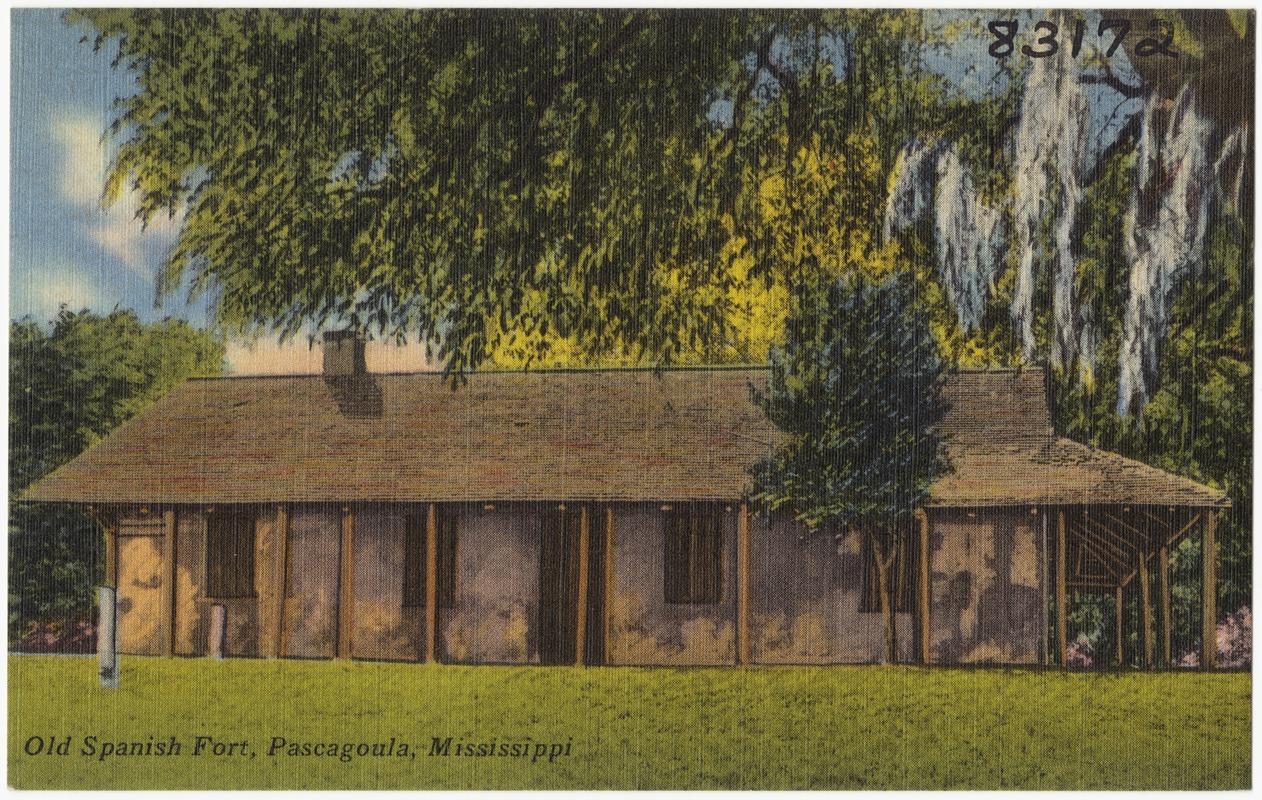If you search the Internet for “Facts About Mississippi,” you’ll find many pages that offer lists of interesting facts and occasionally you’ll find a random fact like this one:
1. The world’s largest shrimp is on display at the Old Spanish Fort Museum in Pascagoula.
 So, with that as a lead, it was inevitable that I would try to find a picture of the jumbo shrimp, but alas I was unable to find a single photo of the beast. I did find the photo to the right on Reddit, but something about the picture doesn’t look correct to me. Not sure if it is because the lighting on the shrimp is different from the lighting in the room or if it is because I’ve tried to hold a hundred pounds in the same position and it was a lot harder than this guy is making it look. Anyway, I think my virtual search for a picture of the world’s largest shrimp is a bust and I may have to take a day trip to get my own picture at some point. I’m not saying it isn’t true, but as they say on Reddit: “without a photo, it didn’t happen.”
So, with that as a lead, it was inevitable that I would try to find a picture of the jumbo shrimp, but alas I was unable to find a single photo of the beast. I did find the photo to the right on Reddit, but something about the picture doesn’t look correct to me. Not sure if it is because the lighting on the shrimp is different from the lighting in the room or if it is because I’ve tried to hold a hundred pounds in the same position and it was a lot harder than this guy is making it look. Anyway, I think my virtual search for a picture of the world’s largest shrimp is a bust and I may have to take a day trip to get my own picture at some point. I’m not saying it isn’t true, but as they say on Reddit: “without a photo, it didn’t happen.”
So, it would be easy to assume that since my search for the world’s largest shrimp was technically a bust at this point, that my article would be a bust as well, but that assumption would be wrong because the search for the shrimp also led me to the Old Spanish Fort located in Pascagoula, MS.
Old Spanish Fort, also known as Old French Fort and LaPointe-Krebs House, was constructed circa 1721 on the shore of Lake Catahoula (Krebs Lake) near what is now Pascagoula, Mississippi, by French Canadian Joseph Simon de la Pointe. Old Spanish Fort is often described as the oldest building in the Mississippi River Valley. The structure was added to the National Register of Historic Places in 1971 and was designated a Mississippi Landmark in 1984. Old Spanish Fort is owned by the city of Pascagoula and serves as a museum.
Old Spanish Fort was not really a fort. Instead, it was a one-story, three-room structure that measured 37 feet (11.3 meters) in width and 62.25 feet (18.97 meters) in length. Framing walls were 18 inches (45.7 centimeters) thick, constructed of cypress (probably bald cypress) and cedar (probably Atlantic white cedar), and filled with oyster-shell concrete in the oldest construction or with bousillage of clay and Spanish moss in a later addition.
Three sides of the structure were bounded by a porch, supported by square wooden posts that were joined by plank rails. The gable roof was covered with wooden shingles. Two fireplace chimneys were composed of stucco-covered brick. The original structure had one large room with two smaller rooms. Flooring was oyster-shell concrete covered with boards at a height of 18 inches (45.7 centimeters).
In 1721, Joseph Simon de la Pointe, an Admiral in Bienville’s fleet, was commissioned by the French to build a fort in Pascagoula. The present structure was part of a complex of buildings.
Baron Hugo Ernestus Krebs, of German descent, acquired the property through marriage to de la Pointe’s daughter. During Krebs’ ownership, the property was maintained as a plantation with slaves and produced commodities such as rice and cotton.
The name Old Spanish Fort was derived during Spanish control of the Mississippi Territory in the late 1700s, when the structure served as a fortified home of Don Enrique Ginarest, an officer in the Spanish Army, who married the granddaughter of Joseph de la Pointe.
Interestingly, although the fort was originally built by the French, the name of the Old Spanish Fort is derived from the days when the Spanish ruled the area. But sometimes, the fort is still referred to as the “Old French Fort.”
Note: Some reports have indicated that the fort/museum has been closed since Katrina and I have been unable to confirm whether it is open or not. If you have been there and it is open or you have the open times, please comment below and let everyone know!



